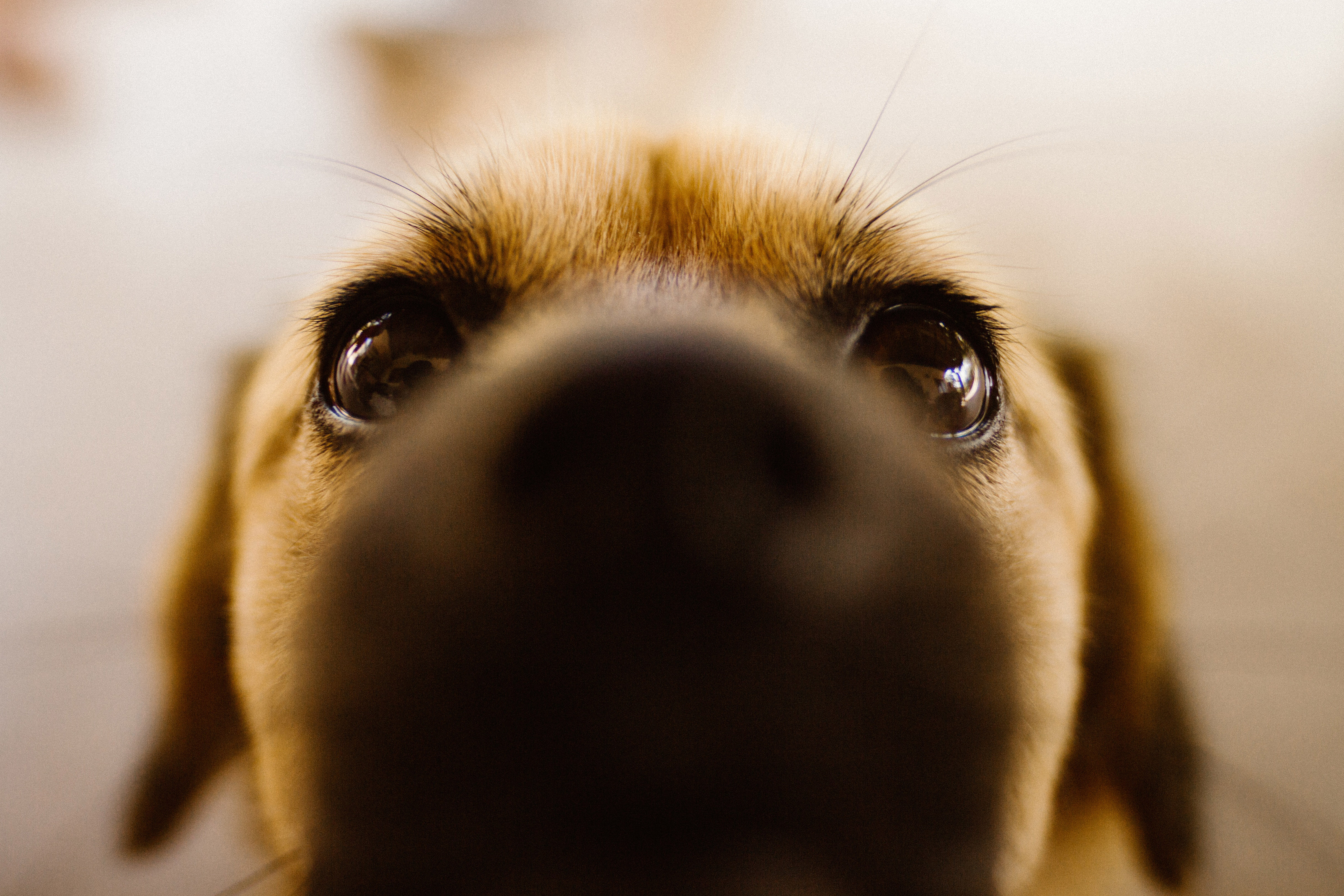Healing Attachment Issues for You and Your Dog
When your dog’s separation anxiety has you feeling trapped in your own home, desperately trying to explain through the door that “everything is okay” and “you’ll be back soon,” there’s something deeper happening than most training guides fail to acknowledge. What if I told you that your dog’s emotional struggle might be reflecting something within yourself?
As an Animal Kinesiologist and Behaviourist who has worked with over 1000 dogs struggling with separation anxiety, I’ve discovered something that consistently surprises dog parents: the emotional patterns we see in our anxious dogs often mirror our own deepest insecurities and attachment wounds.
The Root of the Issue
Dogs with separation anxiety carry what I call a “core wounding of un-fulfilment.” This emotional wound typically develops before 16 weeks of age, when their basic needs for safety and security weren’t adequately met. The essence of this wound is the dog’s inability to feel safe and secure within themselves, leading them to seek constant external validation – primarily from you.
Sound familiar? Many of us carry similar wounds from our own early experiences. Perhaps you remember feeling unsafe, unseen, or like your needs didn’t matter. Maybe you learned early that love was conditional, or that you had to be “good enough” to deserve attention and care.
The Emotional Mirror
Here’s where it gets interesting: dogs don’t just randomly end up with families. There’s an energetic connection that draws us to animals who share our core emotional patterns. Your anxious dog likely mirrors your own relationship with safety, control, and validation.
Think about it. Does your dog follow you from room to room, anticipating your every move? Do they seem to need constant reassurance that everything is okay? Now ask yourself: Do you find yourself seeking validation and reassurance in your human relationships? Do you struggle with uncertainty or feel anxious when things feel out of your control?
Your dog becomes a “velcro dog” because they’ve learned that your physical presence equals safety, worth, and validation. Similarly, you might find yourself in a pattern of people pleasing, and over-giving in relationships, seeking the need for constant connection and reassurance to feel secure.
As you and your dog share the same insecure attachment style, you will have a tendency to ‘over-connect’ with each other in order to mask the emotional wounds within. This leads to high levels of contact between you – making it extremely difficult to navigate the emotional disconnect you feel when separated.
The Anxiety Spiral
Dogs with separation anxiety are chronic over-thinkers, their energy bouncing in circles rather than flowing smoothly. Their limbic system hijacks rational thought, making it impossible for them to remember that you always come home, that they’ve been safe before.
If you’re honest with yourself, you might recognise this pattern in your own mind. Do you find yourself caught in spirals of “what if” thinking? Do you struggle to trust that things will work out, even when past experience suggests they will? The circling thoughts that keep your dog awake at night might sound remarkably similar to the ones that keep you scrolling your phone at 2 AM.
Why Training Alone Isn’t Enough
Traditional separation anxiety training focuses on gradually building tolerance to being alone. While this can help, it often fails because it doesn’t address the underlying emotional wounds driving the behaviour. You can’t expect a dog to be emotionally resilient when alone if they’re not emotionally resilient even when you’re present.
The same applies to us. We can’t expect ourselves to feel secure in relationships or comfortable with uncertainty if we haven’t addressed our own core wounds around safety and worth from within.
The Opportunity for Healing
Here’s the beautiful part: recognising this connection isn’t about blame or shame. It’s about opportunity. Your dog’s separation anxiety is actually highlighting an invitation for both of you to heal together.
When you begin to work on your own relationship with safety, control, and validation, something magical happens. Your dog starts to relax too. As you learn to self-soothe and find security within yourself, you naturally stop radiating the anxious energy your dog has been trying to manage.
This doesn’t mean you’re responsible for your dog’s anxiety, but rather that you’re both dealing with similar challenges around feeling safe in the world. Your healing journey can become a shared one.
A Path Forward
Start by asking yourself: What am I seeking from others that I could learn to give myself? How do I handle uncertainty? What does my own relationship with control look like?
Notice the moments when you feel most anxious or insecure. These are often the same moments when your dog’s anxiety spikes. There’s no coincidence there – emotions are contagious, and your dog is incredibly attuned to your internal state.
Consider that your dog might be your greatest teacher, showing you exactly where your own healing needs to happen. They’re not broken – they’re sensitive beings responding to energy patterns that exist in your shared space.
Working with separation anxiety holistically means addressing the emotional, energetic, and physical components for both you and your dog. It means recognising that the path to your dog’s emotional resilience often runs directly through your own healing journey.
Your dog’s anxiety isn’t just a problem to be solved – it’s a mirror reflecting back the very wounds that, once healed, can deepen your connection and create the emotional security you’ve both been seeking all along.
I offer private consultations, working with you and your dog together. Using a blend of Animal Kinesiology protocols, and dog behaviour techniques, I resolve the problem holistically – treating the core fear that makes it difficult for your dog to emotionally cope when alone. Learn more HERE
